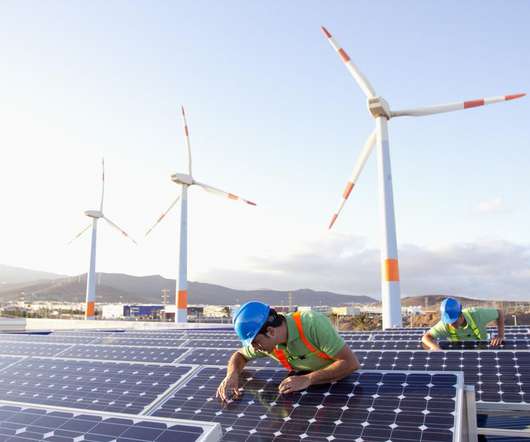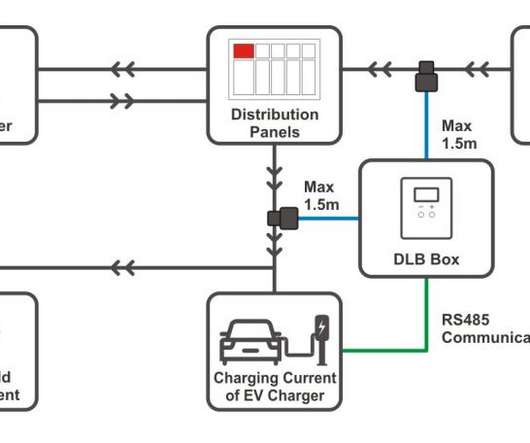GWU team develops cost-effective solar process to produce lime for cement without CO2 emission
Green Car Congress
APRIL 11, 2012
Conventional thermal decomposition production of lime (left) versus STEP direct solar conversion of calcium carbonate to calcium oxide (right). Conducive to our new solar process, electrolysis of molten carbonates forms oxides, which precipitate as calcium oxide when mixed with calcium carbonate. Click to enlarge. —Licht et al.


















Let's personalize your content